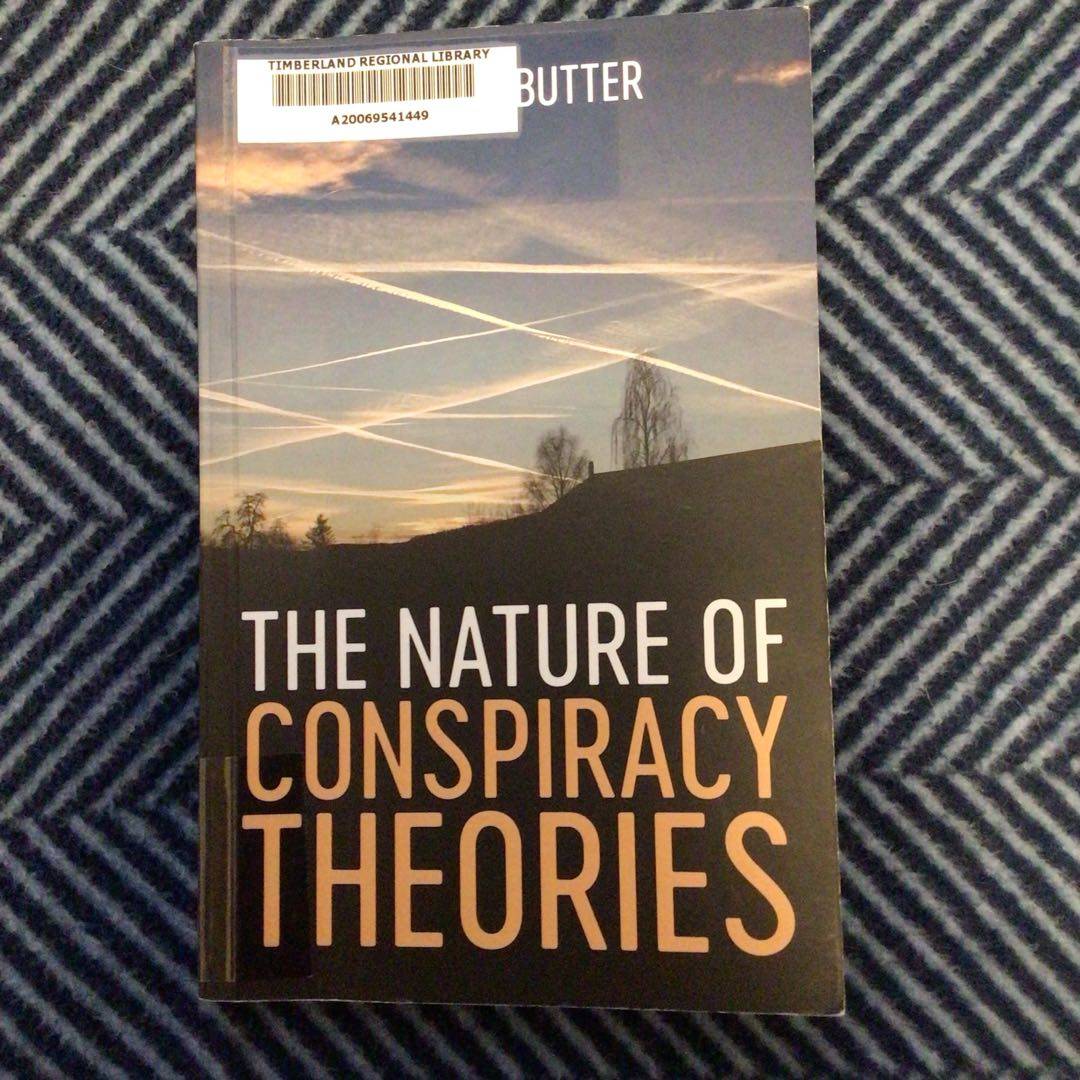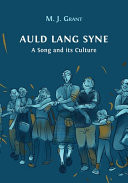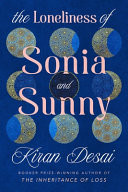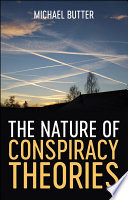
The author is a Professor of American Studies at a university in Germany and though the book is only 163 pages long, it was a bit hard to get through. There are a lot of conspiracy theories out there: JFK‘s death, 9/11, and most recently Covid-19. The author explains how theories start and evolve over time, and why people buy into them. Some can be dangerous, as we know. All are improbable. Four stars
7 likes


















